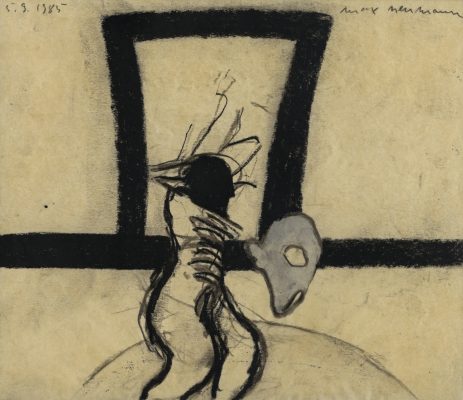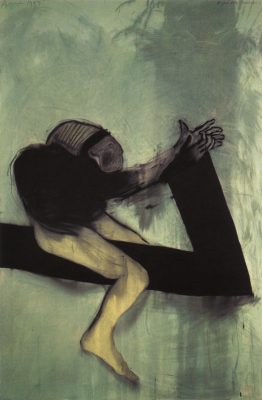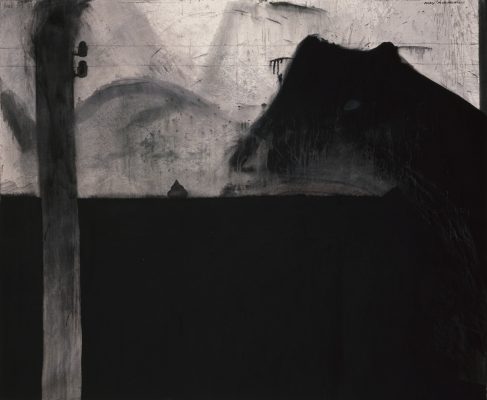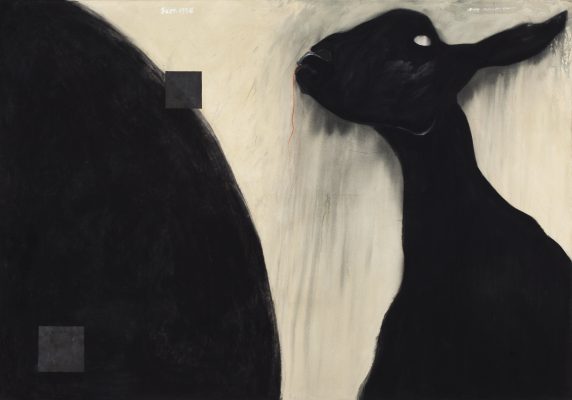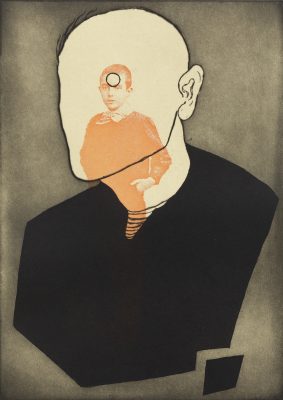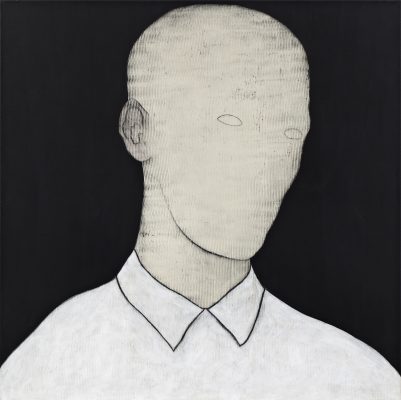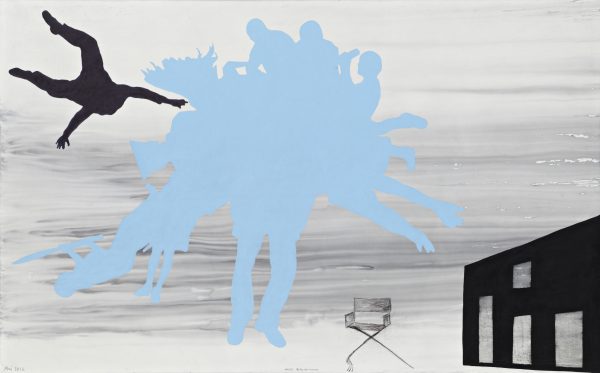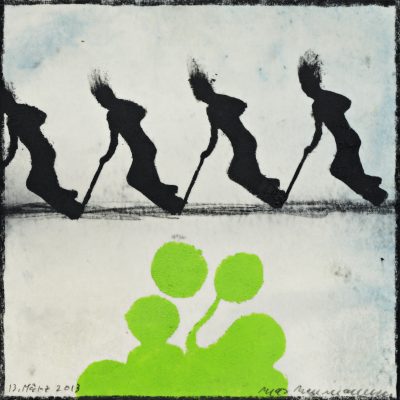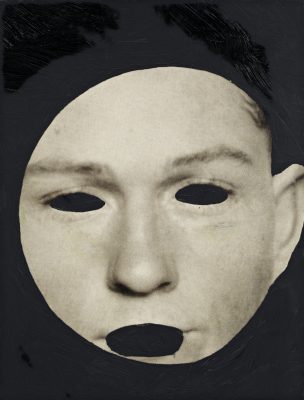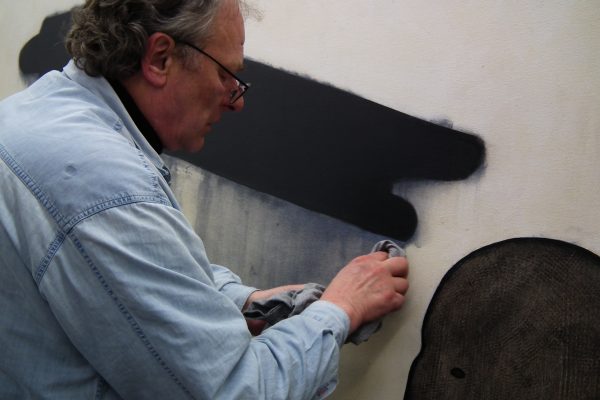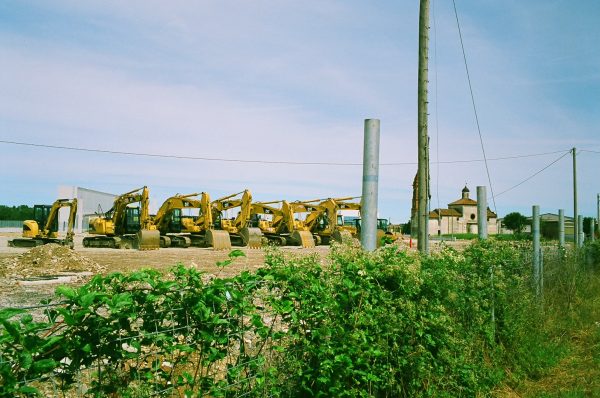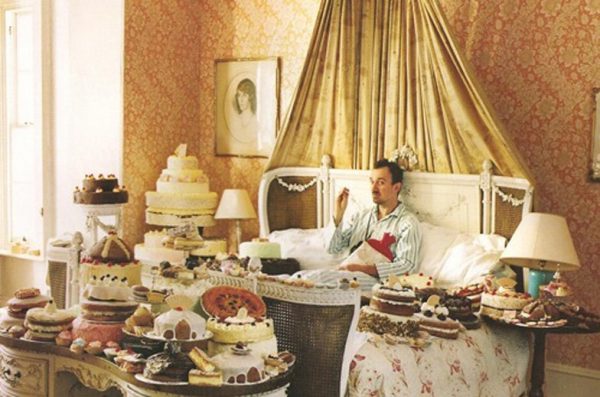‘It’s as though you’d like to speak, but have no language.’ These are the words chosen by German painter Max Neumann to describe his earliest—and perhaps deepest—impulse to create. For nearly half a century, Neumann has laboured to develop, refine, and elaborate a visual vocabulary that is dark, obsessive and intense. A lifelong collaborator, Neumann’s paintings have accompanied the work of Cees Nooteboom, Seamus Heaney and Fernando Pessoa, among many others, helping to cultivate a global reputation.
Though long celebrated across much of Europe, Neumann’s work has only in recent years penetrated the Anglophone world. The success of his most recent collaborations—with László Krasznahorkai on their chapbook Animalinside (2010), and with the US journal Music & Literature (2012)—testify to the universal appeal of Neumann’s howling, primal language.
When Max and I first met in Berlin – it must have been in the mid-1980s – we already knew each other. I had seen his exhibition at Kunstverein Bonn in 1982 and fallen madly in love with some of his paintings, while he was familiar with my translation of John Ashbery’s ‘Self Portrait in a Convex Mirror’. In the autumn of 1986 I moved to Berlin to direct the DAAD gallery’s Artists in Residence Programme, and we became friends. Two years later I initiated a show of his small works on paper, Sehr kleine Zeichnungen, at the same gallery. Max hung the show himself, and it proved a great success. I immensely enjoyed my innumerable visits to his studios, first at Hagelberger Strasse, then at Erkelenzdamm, and our talks on music and literature. I always left him in high spirits, my mind inspired, my eyes enriched by what they had seen.

